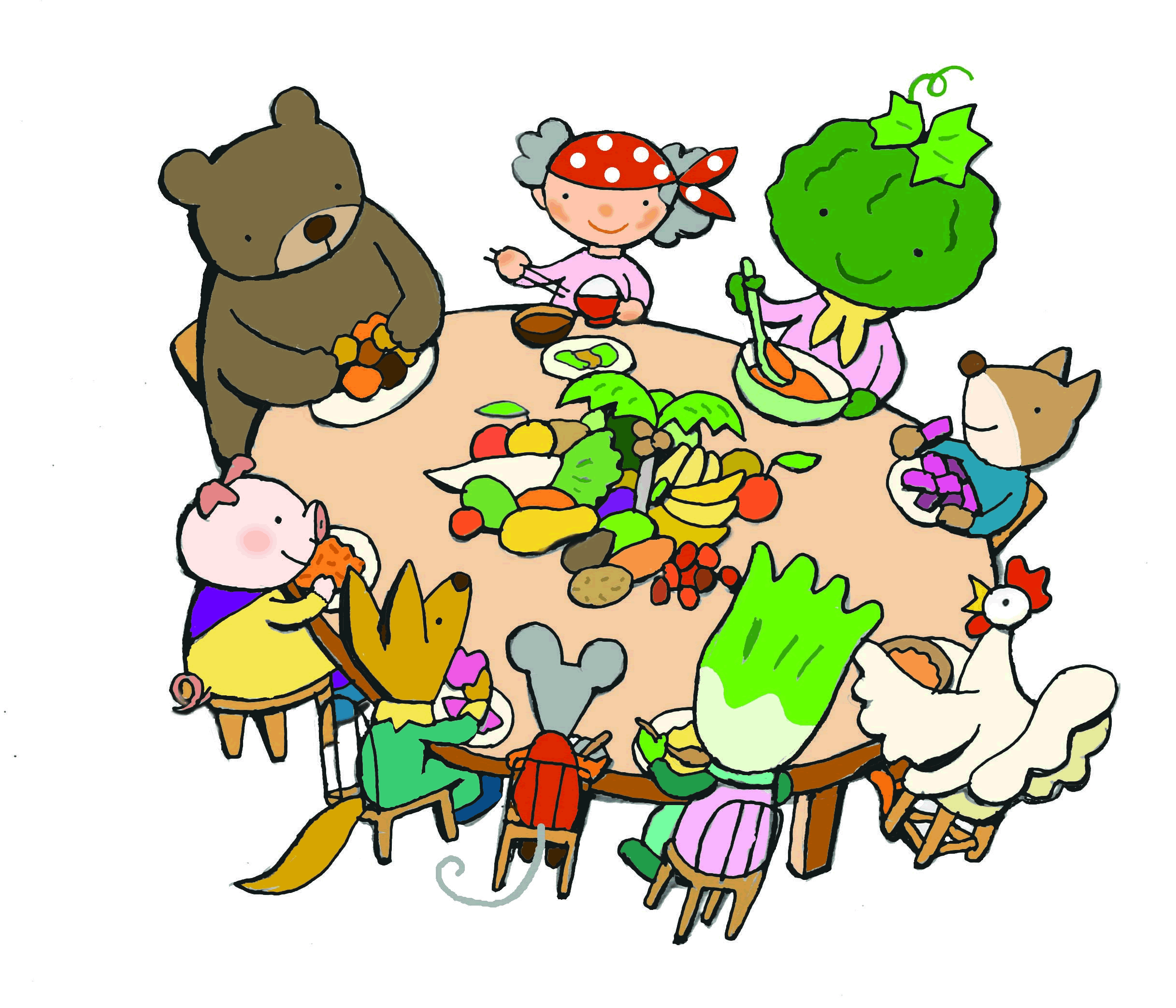Genetically modified papaya to be marketed in Japan for the first time but the labeling issue is not solved
By Yamaura Yasuaki, CUJ
The safety assessment of the genetically modified papaya was completed by the Food Safety Committee in 2009. In April, 2011 there was a deliberation about its labeling in the Consumer Committee of the Consumers Affairs Agency. There has also been an opportunity for the general public to comment on the case. Following this, a deliberation was held on July 27, 2011 to decide about the way such GM papaya should be labeled. This GM papaya could be the first case of marketing of a transgenic fruit in Japan.
The Consumers Affairs Agency suggests that based on the Food Sanitation Law, the manufacturer should attach a printed label on each fruit. The text “Genetically Modified” should also be added to the ingredient list on papaya jam, papaya juice and other processed foods, together with the country of origin.
CUJ is concerned what will happen if the seal (sticker) is accidentally removed or falls off.
First of all, we regard the cultivation and import of GM papaya as problematic. Japanese consumers who do not want to eat GM foods expect the GM label to be distinct and clear if GM papaya is to appear on the market. CUJ would like to point out the following problems with the approach taken by the Consumer Affairs Agency:
According to the suggestions, “The sticker could possibly be re-attached on the fruit, when the operator in charge deals with GM papaya only”, if the GM sticker is removed or falls off. If the manufacturer handles both GM papaya and non-GM papaya, all products from that manufacturer should be labeled as “may contain GM papaya” due to the possibility that mixing appears.
The Consumer Affairs Agency recognizes that there may be cases when the GM papaya is sold without a label because it has been removed or falls off, but takes a relaxed attitude to this possibility. This should be regarded as a serious violation.
CUJ regards the act of selling GM papaya without correct GM labeling as a violation that should be severely punished by the law.
The Consumers Affairs Agency decided to reflect such points that were pointed out at the Food Labeling Committee meeting regarding the labeling rules.



